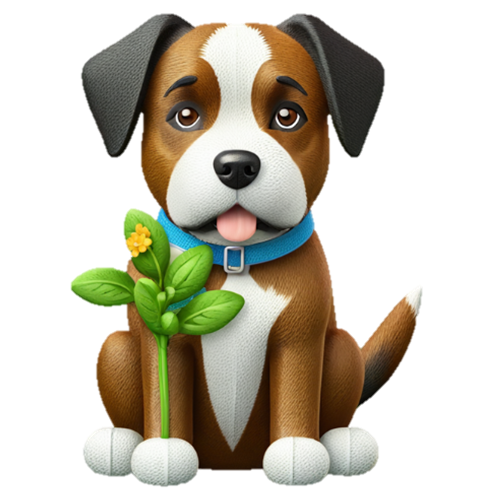Planting Guide
Choosing the Right Plants
When it comes to creating a beautiful and thriving garden, choosing the right plants is crucial. Consider factors such as your climate, soil type, and amount of sunlight to ensure that the plants you select will thrive in their environment.
Think about the purpose of your garden - whether you want to attract pollinators, grow vegetables, or create a low-maintenance landscape. It's also important to consider the size and growth habits of the plants to ensure they will fit well in your garden space.
Researching and planning ahead will help you select the perfect combination of plants that will not only enhance the aesthetic of your garden
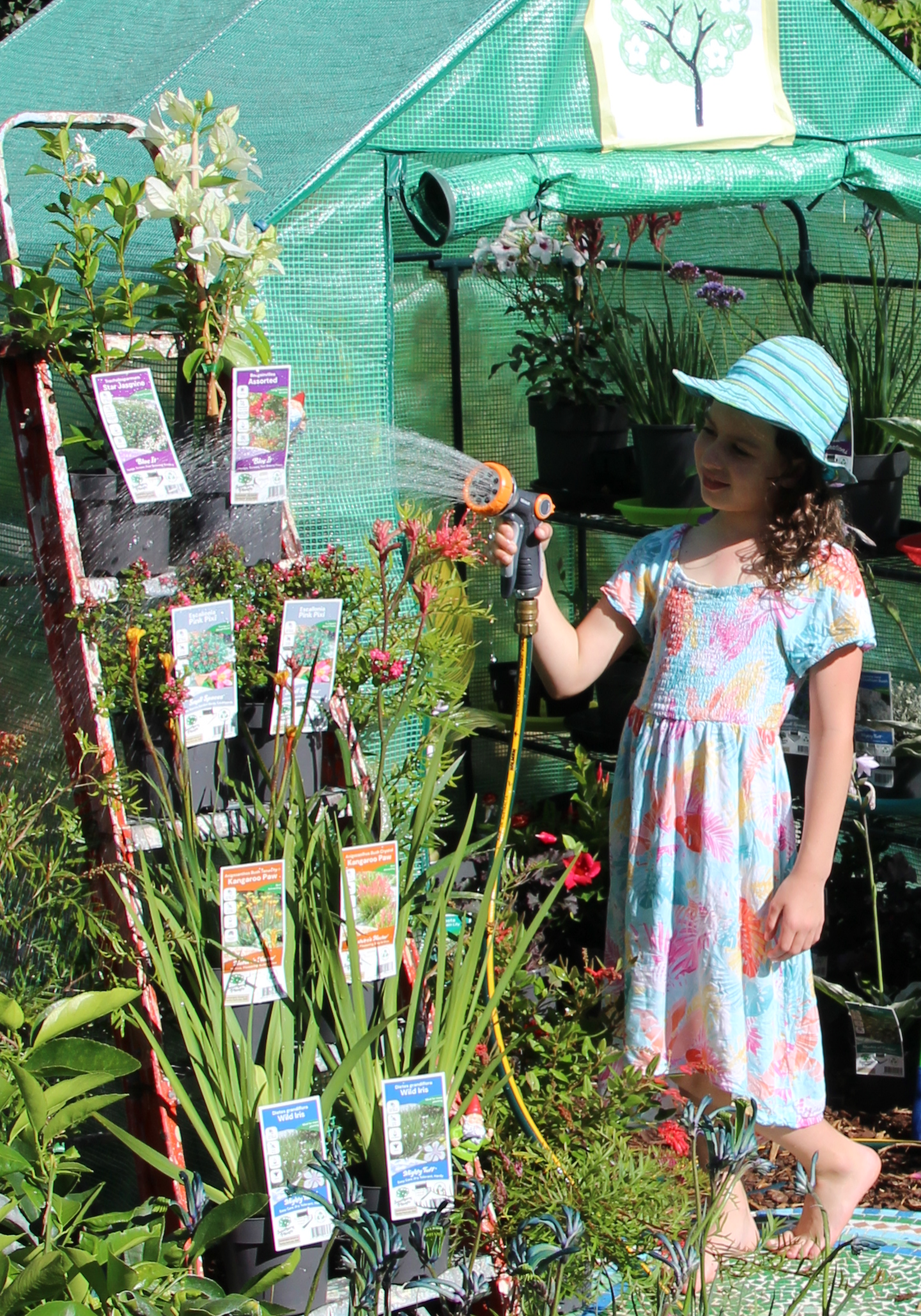
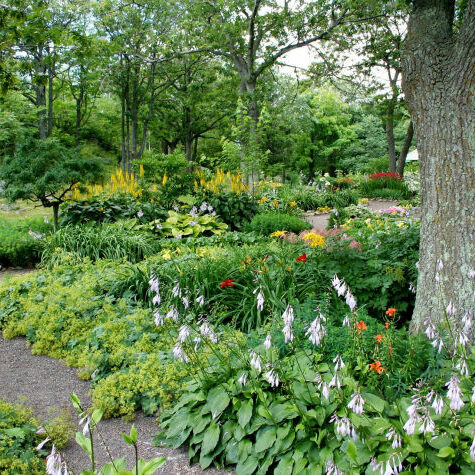
Choosing the right plants for your garden can sometimes be a daunting task, but with our Plant Finder, you can easily find all the information you need about the plants we grow.
From sun exposure and soil type to maintenance and growth habits, our website offers a comprehensive guide to help you make the best choices for your garden.
Browse through our selection of plants and discover the perfect additions to your outdoor space. With our Plant Finder, creating a beautiful and thriving garden has never been easier.
By carefully choosing the right plants for your garden, you can create a beautiful and sustainable outdoor space that you can enjoy for years to come.
Garden Design
When it comes to creating a beautiful and functional garden, it's important to have a well thought out design.
One key tip to keep in mind when designing your garden is to layout the design with the plants still in their pots. This may seem like an extra step, but it can save you a lot of time and effort in the long run. By keeping the plants in their pots, you can easily move them around and experiment with different layouts without committing to digging holes and planting them.
This also allows you to see the big picture and get a better understanding of how the plants will look together in your garden.
Taking steps back as far as possible will give you a better perspective and allow you to view the layout from different angles. This is important because certain plants may look great from one angle but may not work well when viewed from another.
So before you start digging and planting, take the time to lay out your design with the plants still in their pots and make any necessary adjustments. Your future self will thank you for it!
Types of Soil
Just like the importance of sunlight and shade exposure, the condition of your soil plays a vital role in the success of your garden. By analyzing and working on improving your soil, you can create a thriving environment for your plants to flourish.
Different plants have different soil requirements, and by knowing your soil, you can choose the most suitable plants that will thrive in your garden.
A healthy and nutrient-rich soil also promotes better water retention and drainage, giving your plants the necessary moisture and nutrients they need to grow. So, before you start planting, make sure to learn about your soil and take the necessary steps to improve it for a successful and beautiful garden.
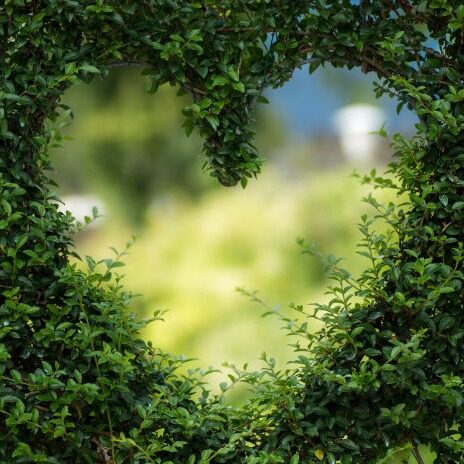
Planting Out Basics
A lot of times, once a plant is properly established it will grow and thrive with minimum watering and little maintenance. But you must get them there first!
So, the first advice: Don't neglect your plant in the first few months after you plant it!
Select your plant wisely. Make sure you select the right plant for the right area. Most plants like to be place in full sun, but a few prefer a part shade area. Some like moist soils, other dry. You may have selected a plant that can be exposed to the elements, but some others need to be protected from winds and cold.
Watering. Always water your plants thoroughly at well spaced intervals. Light, daily sprays will discourage the development of the deep roots which makes plants robust. If possible, water early morning or in the evenings, when the temperatures of the day are cool.
Obviously planting involves digging a hole, removing the plant from the pot, placing it in the hole and back filling with soil. Here are a few tips to ensure success:
Plant Nutrition
The pot your plant comes in will have all the nutrients to maintain the plant in perfect health for a short period, usually until planting out or repotting is required.
When fertilising your plant it is important use the right amount of the correct fertiliser. The primary ingredients in most fertilisers are:
- (N) – Nitrogen to help with healthy and vigorous growth
- (P) – Phosphorous to help with strong roots and disease resistance
- (K) – Potassium to help with flowers and fruiting
On the fertiliser label this is describes as the N-P-K tell you the amount of these nutrients in the fertiliser.
Different plants require varying amounts of these nutrients. For example many native plants, having evolved in Australia’s ancient soils, which are low in phosphorus, will suffer if provided with too much phosphorous in their soils so for these plants look for a fertiliser with a P value of 2 or less.
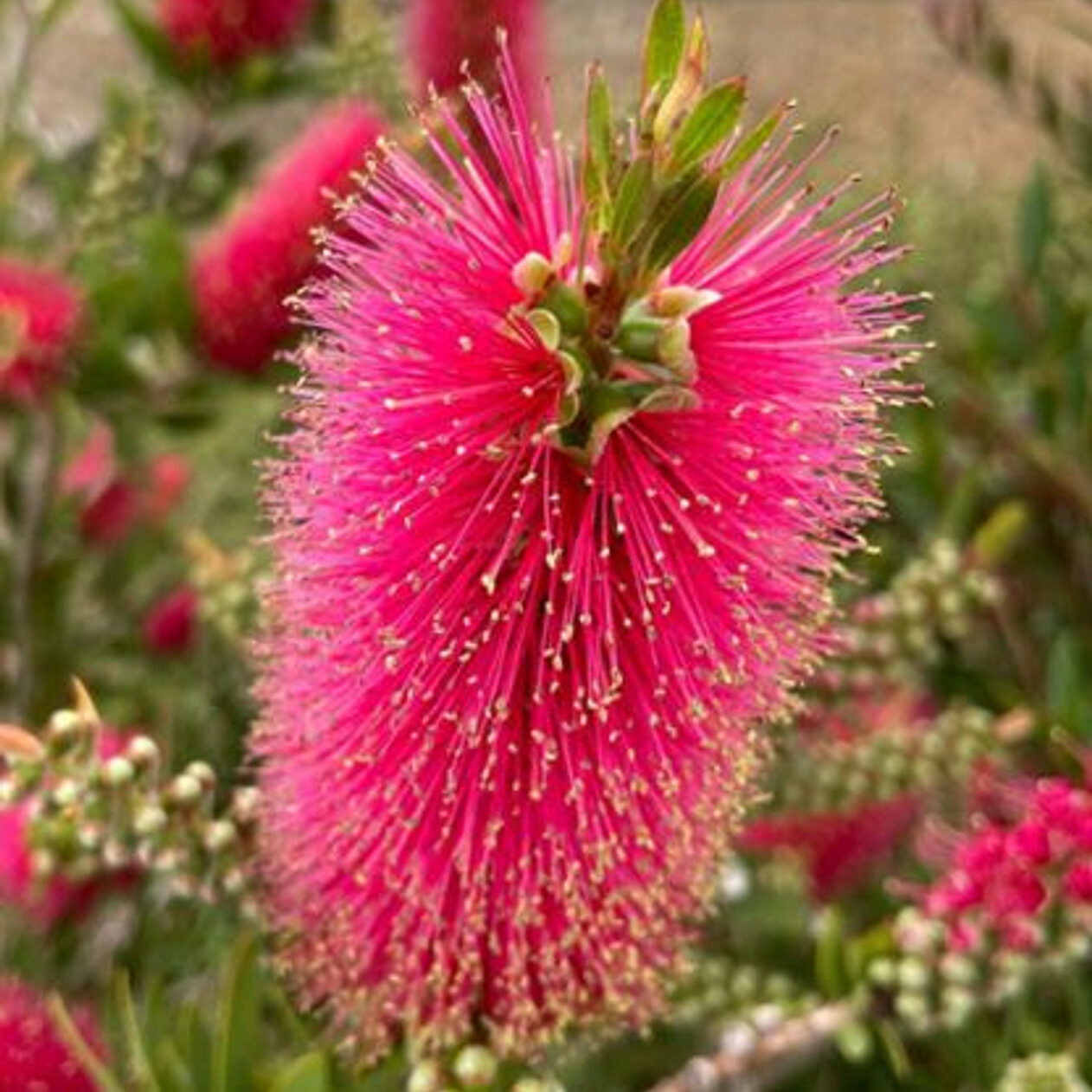
Shrubs
Shrubs are useful for providing colour, aroma and attracting bird-life. Shrubs can shape a garden creating defined garden spaces.
Layering your shrubs will taller ones at the back or against a fence line can guide attention to your gardens focal point making your garden feel comfortable and secure.
When planning your garden, be sure to do your research on which shrubs are native to your area. Australian shrubs are a great choice for gardening as they are well adapted to the climate and soil conditions of the country. Some popular choices include grevilleas, bottlebrush, and banksias.
Before planting, it is important to prepare the soil properly. This involves removing any weeds or debris and improving your soil when needed. This will provide a healthy environment for your shrubs to grow and thrive.
When it comes to planting, make sure to dig a hole that is twice as wide as the root ball of the shrub. Gently loosen the root ball and place it in the hole, making sure the top of the root ball is level with the ground. Fill in the hole with the amended soil, firming it down gently.
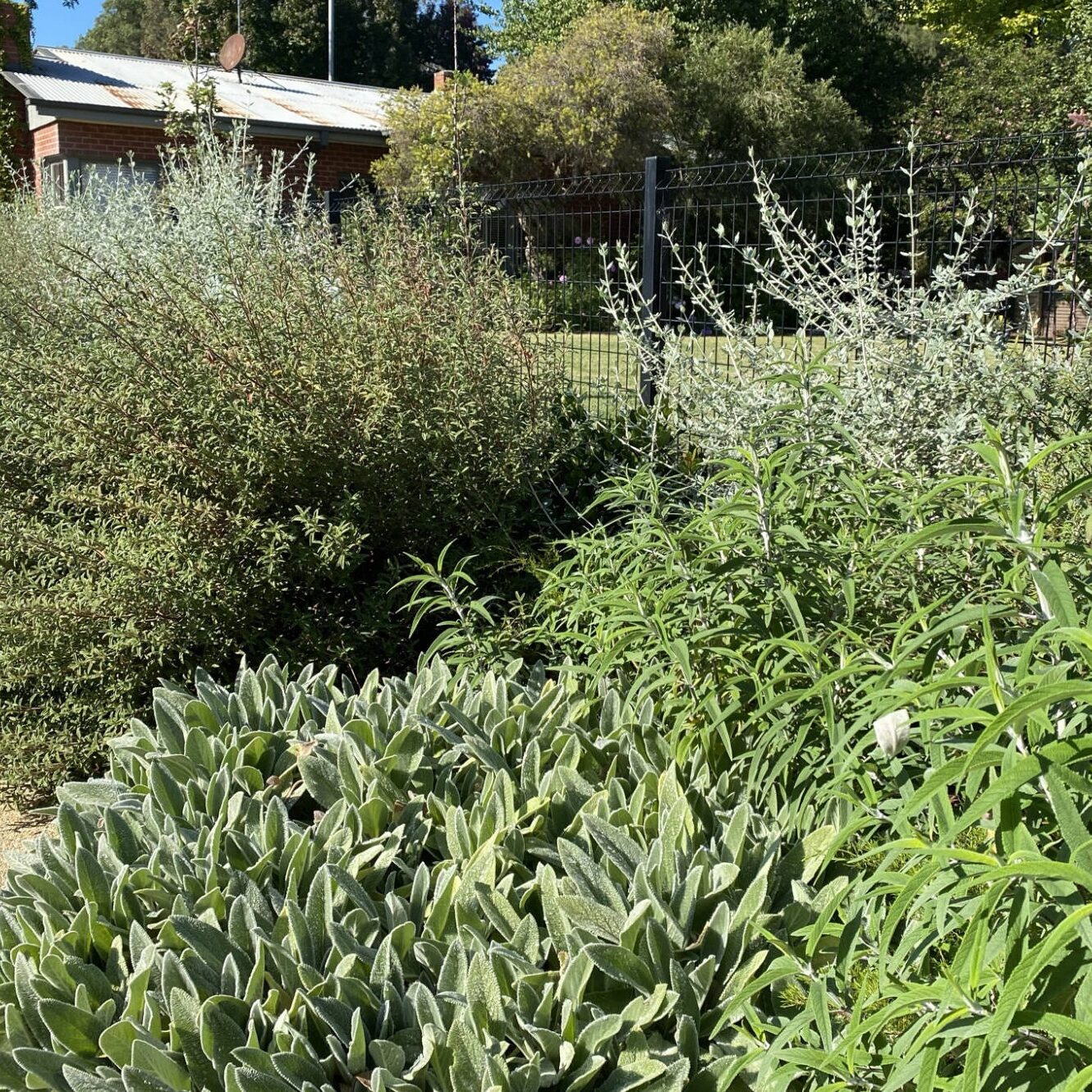
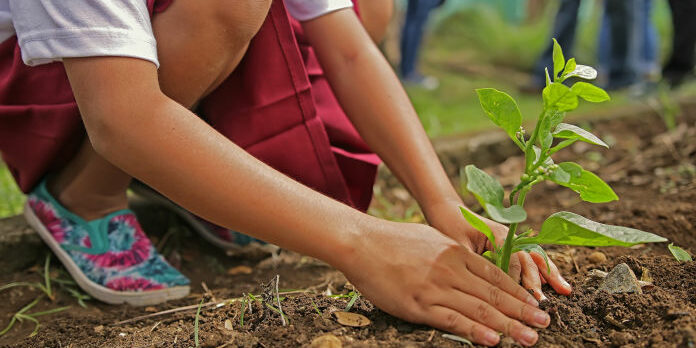
When spacing your plants consider their mature size or if trimming them the size you plant to let them grow to.
For individual plants to stand out space them accordingly but if you want them to grow together a good rule of thumb is to space them at two thirds of their mature width.
It is important to water your shrubs regularly, especially during the first few weeks after planting. This will help the roots establish themselves in their new home. After that, a deep watering once a week should be sufficient.
Autumn is a good time to plant shrubs, unless you live in a very cold area where planting in spring can be a better option.
In addition to Australian shrubs, incorporating other general gardening plants such as flowering perennials, can add diversity and interest to your garden. Be sure to choose plants that are suitable for your climate and provide a mix of colours, textures, and heights for a visually appealing garden.
Regular maintenance is also key to keeping your garden looking its best. This includes pruning shrubs to maintain their shape and remove dead or damaged branches, as well as fertilising to promote healthy growth.
By incorporating a variety of Australian shrubs and other general gardening plants into your garden, you can create a beautiful and sustainable outdoor space that will provide enjoyment for years to come. So do some research, prepare your soil, and start planting to create a colourful and inviting garden that will attract birds and other wildlife.
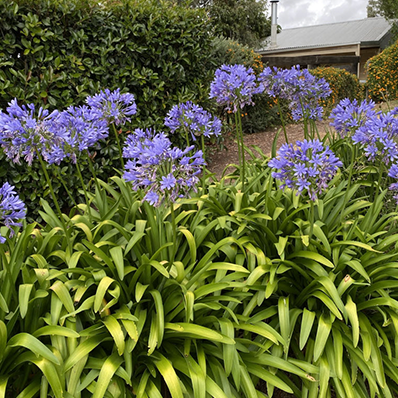
Trees
Trees can be a feature and create a focus in the garden. They provide shade and shelter. Trees create habitat for birds and other animals and their fallen leaves mulch the garden contributing to soil health. The right tree can change and dramatically enhance how you enjoy your garden.
Trees are not only beautiful but also functional, adding depth and character to your outdoor space. They can create a sense of privacy, block out unwanted views or noise, and attract beneficial wildlife to your garden.
Trees also play a crucial role in improving air quality by absorbing carbon dioxide and producing oxygen. Planting trees in your garden can also reduce the heat island effect in urban areas, making your garden a cooler and more comfortable place to relax. Not to mention, trees can increase property value and make your home more attractive to potential buyers. In addition, trees can act as a natural barrier, protecting your garden from strong winds and reducing erosion.
Overall, planting trees in your garden is a simple yet impactful way to not only beautify your outdoor space but also contribute to the health of the environment and create a welcoming and harmonious atmosphere for you and your family to enjoy.
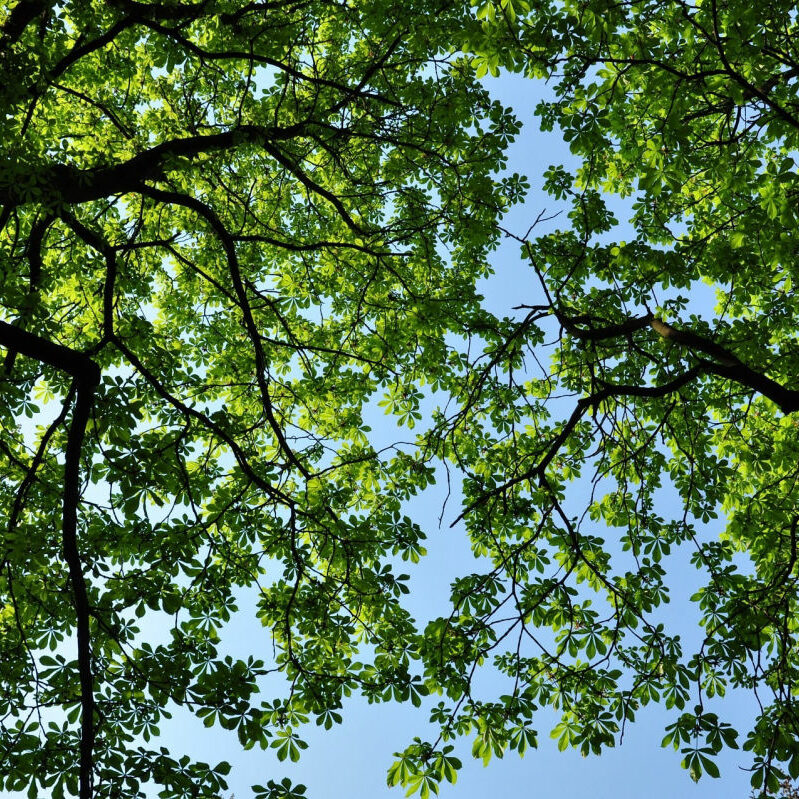
Ground Covers and Bordering Plants
Ground cover plants are useful alternative to lawn for where there is no or light foot traffic. They can define garden areas. They are especially useful for dust control, to stabilise embankments and for controlling erosion.
When setting up a border for a ground cover prepare the bed carefully ensuring weeds are removed and the soil is improved and in prime condition. This will help the plants establish quickly. Extra effort with the preparation will significantly reduce the effort required when the bed is establishing.
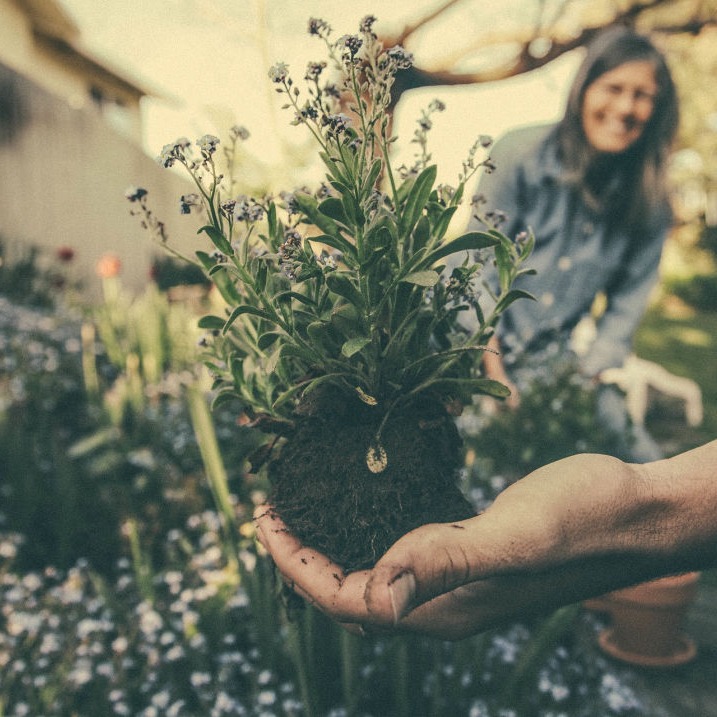

Carefully consider the plant spacing and layout. A lot depends on the growth characteristics of each plant but a basic rule is that you must space plants so they will develop a uniformly covered area in a relatively short period of time. It is a good idea to plant along diagonals and not in a rectangular grid as it more efficiently helps establish full cover.
Screening and Hedging
Plantings - Choosing the right hedge or screen plant
Choosing the right plants for the desired location will set you up for success.
When planting a hedge or screening plant it is important to consider the height and width you want the hedge or screen to be choose hedging plant varieties that meet these requirements.
Often, the landscape determines which type of privacy plant will suit. Tall-growing plants will help create natural privacy screens, whereas smaller ones can be planted to form a hedge that won’t completely obscure your home’s façade.
Check out our Bloc It® range of plants to find a plant that will suit your needs.
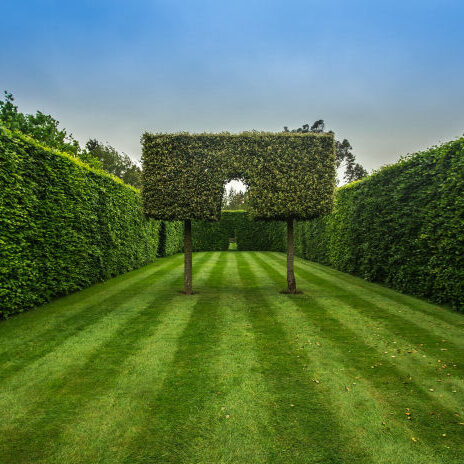
Container Gardening with Potted Plants
Growing your plants in containers provides you with a few options that are unavailable to permanent plantings. The ability to move the containers around is perhaps the biggest advantage. As the seasons and the sun's position changes, you can move your plant to a sunnier or shady spot to fit the cultural needs of the plant. You will also be able to move plants into the 'limelight' when they come into bloom, or into the background somewhere when they are finished. You will also be able to grow acid loving plants in an area of alkaline soil and vice versa. Remember though, that when you are growing plants in pots your plant is completely dependent on you to ensure its needs are met. Below are some basic tips for caring for your plant until you decide to plant it out in the garden or transplant it into a bigger container.
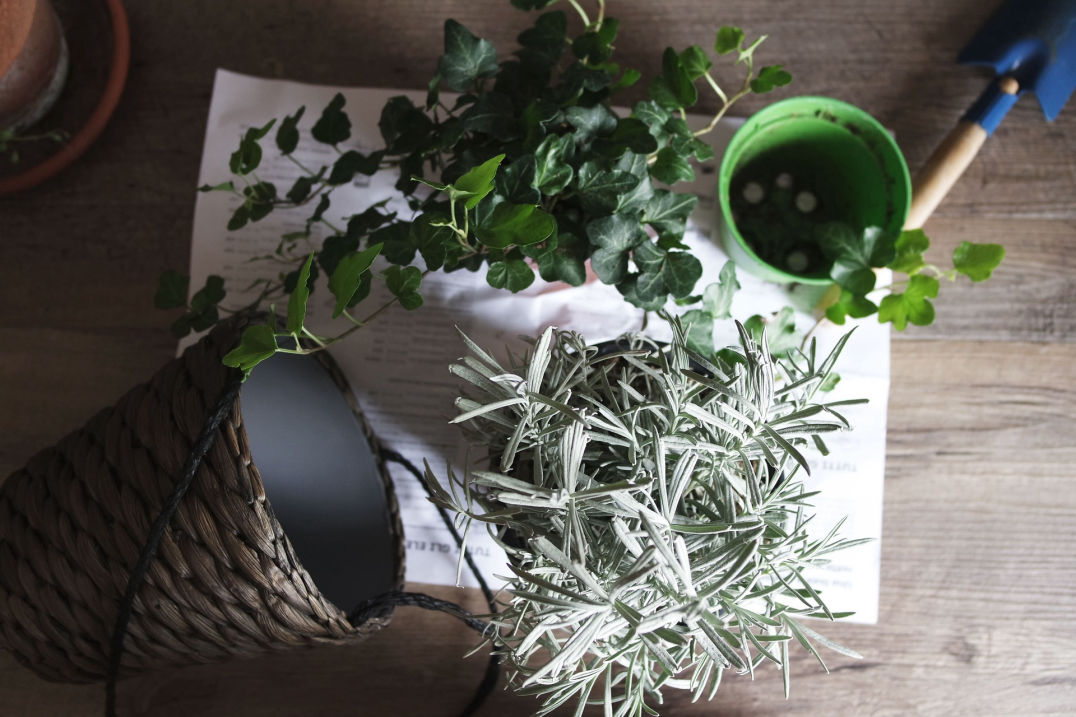
Looking for more?
Here are some other resources for you:
